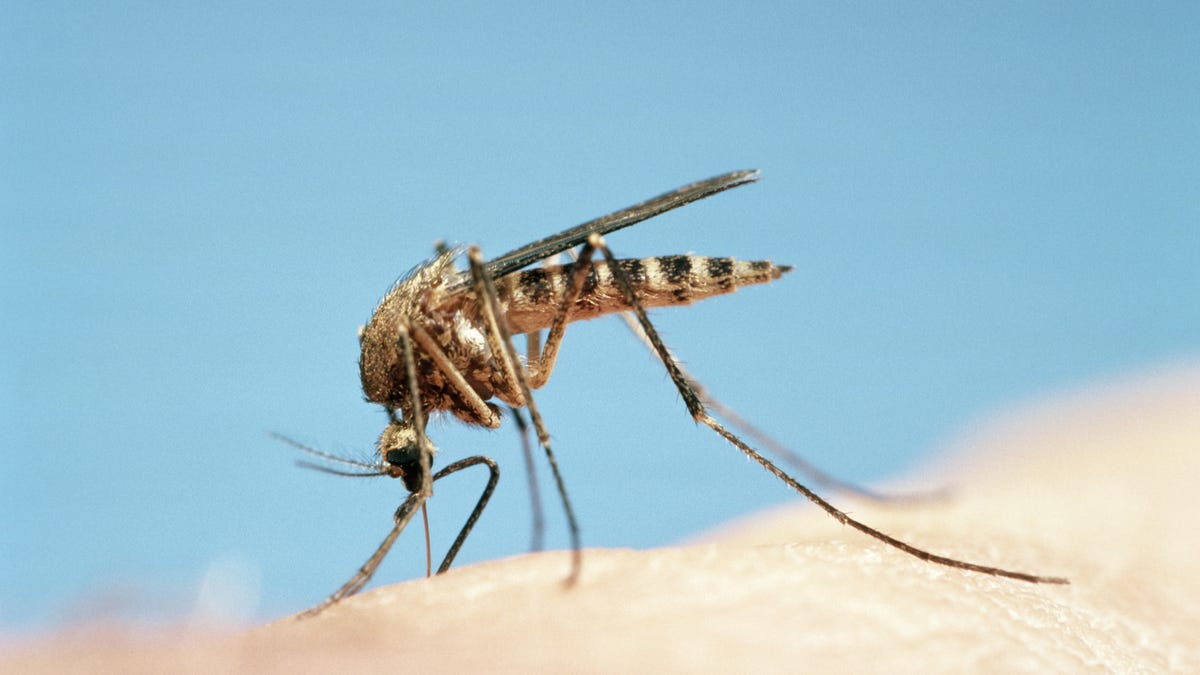'Wonder material' graphene can be used to prevent mosquito bites
Researchers at Brown University think graphene-lined fabrics could help stop mosquitoes from making you into a meal.

A mosquito hits the buffet line.
Mosquitoes, the thirsty little bloodsuckers, are one of the deadliest animals in the world. As a carrier for some particularly nasty diseases, researchers have found themselves in a seemingly never-ending quest to ward them off. Scientists have come up with ingenious new ways to eradicate them entirely, but researchers at Brown University have found another way to keep the tiny vampires at bay: Lining fabrics with the insanely-strong nanomaterial graphene.
Graphene, which is 200 times stronger than steel and lighter than paper, is often referred to as a wonder material. In a study out Monday, published in journal Proceedings of the National Academy of Sciences, the researchers said graphene could work toward mosquito bite prevention in two ways. For one, mosquitoes can't bite through it. For another, it could thwart the chemical signals that direct mosquitoes to their next "blood meal."
"Mosquitoes are important vectors for disease all over the world, and there's a lot of interest in non-chemical mosquito bite protection," said researcher Robert Hurt, an engineering professor at Brown. Some apparel already available for purchase comes infused with the insect repellent permethrin and a promise that it'll repel mosquitoes and ticks.
To test the graphene, volunteers stuck their arms in a mosquito-filled enclosure with a small patch of skin exposed. Those fortunate to have the patch of their arm covered in graphene received no bites. The mosquitoes were bred in a lab so the bold test subjects didn't have to worry about diseases.
"With the graphene, the mosquitoes weren't even landing on the skin patch," said lead author Cintia Castillho, a Ph.D. student at Brown. "They just didn't seem to care."
Originally published at 11:20 a.m. PT

